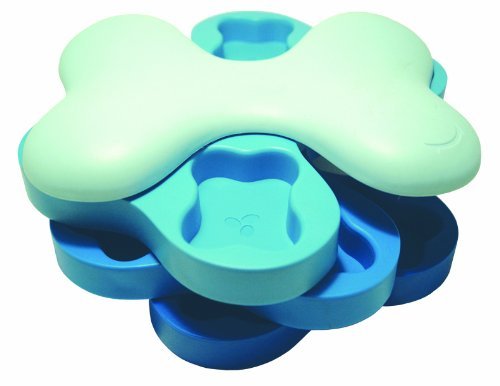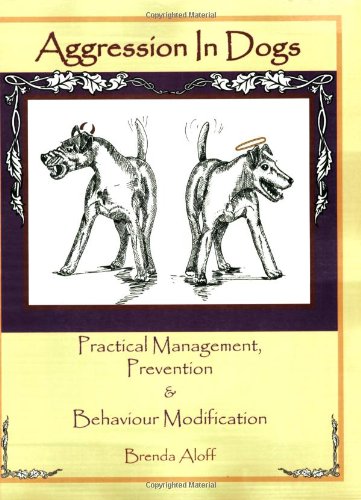
‘Mega” means big and esophagus means, well, esophagus. Therefore, megaesophagus is exactly what you think it is; it’s a big esophagus. But if you want to know a little more about megaesophagus and why it is a problem, keep on reading. What causes megaesophagus? How can my veterinarian and I figure out if my dog has it? What does this diagnosis mean for my dog’s future health?
First of all, let’s talk about the esophagus. There are two tubes that run from the mouth down the neck and into the body. One is the trachea, which carries air to the lungs. The trachea is the hard tube that we can feel on our necks. The other tube is the esophagus. The esophagus carries food and water down through the chest (past the lungs and heart) and into the stomach. The esophagus is mostly made up of muscle. The muscles contract in waves, and these waves push the food away from the mouth and toward the stomach. The esophagus is very flexible and stretchy. In dogs with megaesophagus, it can stretch so much that eventually it can’t shrink back to its normal size. The esophagus then becomes wide and loose.
Megaesophagus appears to be a problem that is most common in humans and in dogs. It is a serious condition that must not be ignored. It may not hurt your dog right away, but it can pose some serious health risks in the long run. The sooner you start treating megaesophagus, the more successful treatment will be.
Owners can notice a variety of different signs of megaesophagus. The most common sign is regurgitation. Regurgitation may look like vomiting, but is different. It is important to figure out whether your dog is regurgitating or vomiting, because megaesophagus does not cause vomiting. A vomiting dog retches, just like we do when we get a stomach flu. Retching is when a dog begins to look uncomfortable, starts salivating, and has a few unsuccessful attempts at vomiting before it actually vomits. When it vomits, there is a lot of abdominal effort used to push the digested food out.
Regurgitation is different from vomiting. There is no retching with regurgitation. It usually involves food that is brought back up and out of the mouth with very little effort. Often this food is not very digested (it looks like it did when the dog ate it). Dogs with megaesophagus regurgitate because when the esophagus becomes really big, the muscles can’t work properly. If the muscles don’t work properly, the food cannot be pushed down to the stomach, and therefore can ‘spill’ (regurgitate) back out the mouth.
Another sign of megaesophagus is weight loss. These dogs are losing food and therefore weight, due to regurgitation, and they may be uncomfortable and not want to eat. Also, some dogs (especially puppies), can have an esophagus that stretches so much that you can see the stretched esophagus on their necks. These dogs look like big bullfrogs!
What causes megaesophagus? Dogs with this condition are either born with it or get it suddenly at some point during their lives. Some breeds are at a higher risk for being born with megaesophagus- such as Labrador Retrievers, German Shepherds, and Miniature Schnauzers. They can be born with a defect in either the nerves or muscles that form the esophagus, or they may have a physical abnormality (a body structure that is not supposed to be there).
Adult dogs tend to develop megaesophagus as a complication from another disease. These diseases seem to usually involve the nerves or hormones. Whether the dog is born with megaesophagus or develops it later in life, the dog will usually be treated the same way and has the same amount of risk for later complications.
Most dogs with megaesophagus are treated with medicine. Surgery is not a good option for the majority of these dogs. Dogs with severe megaesophagus are especially hard to treat and are usually impossible to fix with surgery. Even though dogs with megaesophagus cannot be cured with medical treatment of megaesophagus, they can be given a good quality of life.
There will be a few other changes to your dog’s routine. Regurgitation can be decreased if your dog is fed small frequent meals. If you can feed your dog with its head up (maybe put their dish on a footrest), you can let gravity help push the food down to the stomach. Some owners even take the next 15 minutes after eating and hold their dogs up on their hind legs, to let gravity do its work.
Some dogs that are born with megaesophagus may go back to normal as they age, but most dogs with megaesophagus have it for life. One thing that owners must know is that megaesophagus comes with a very big risk of pneumonia. Dogs can develop aspiration pneumonia, which is when regurgitated food is breathed into the lungs. Aspiration pneumonia is potentially fatal, and in fact is the most common cause of death in dogs with megaesophagus.
Megaesophagus is obviously not a disease that can be taken lightly. It requires changes in the life of your dog, and mostly likely will be treated with medication. Many dogs with megaesophagus lead a very good and happy life. With the help of your veterinarian, your dog can be one of them.
By Ashley O’driscoll – Pets.ca writer
 Raw Food Diet for Dogs
Raw Food Diet for Dogs: the
Raw Food Diet for Dogs
Raw Food Diet for Dogs: the
 Five Ways to Stop Dog Barking When You Leave Your Pet Alone
Many dog owners are surprise
Five Ways to Stop Dog Barking When You Leave Your Pet Alone
Many dog owners are surprise
 Designer Dog: Jorkie
What is a Jorkie?A Jorkie is
Designer Dog: Jorkie
What is a Jorkie?A Jorkie is
 Eight Reasons Why Your Dog Is Aggressive
Dogs have been a man’s
Eight Reasons Why Your Dog Is Aggressive
Dogs have been a man’s
 Pet Health Insurance Part 2
Not CoveredIn Most Plans Credit: Wikime
Pet Health Insurance Part 2
Not CoveredIn Most Plans Credit: Wikime
Copyright © 2005-2016 Pet Information All Rights Reserved
Contact us: www162date@outlook.com